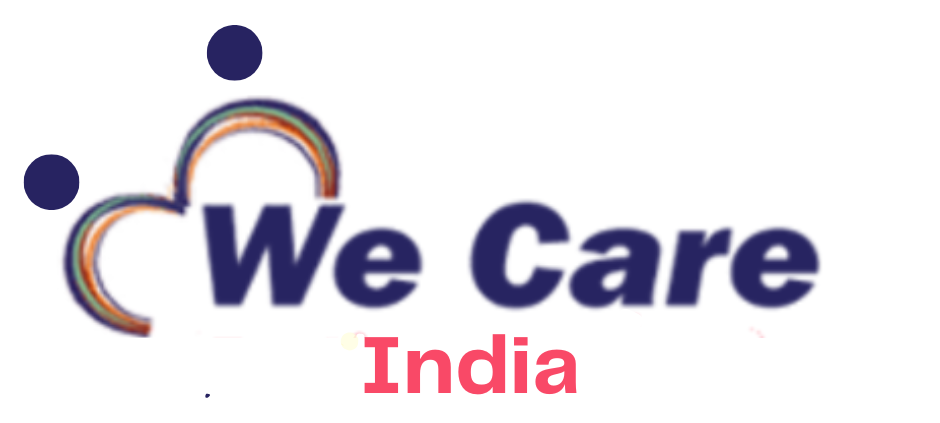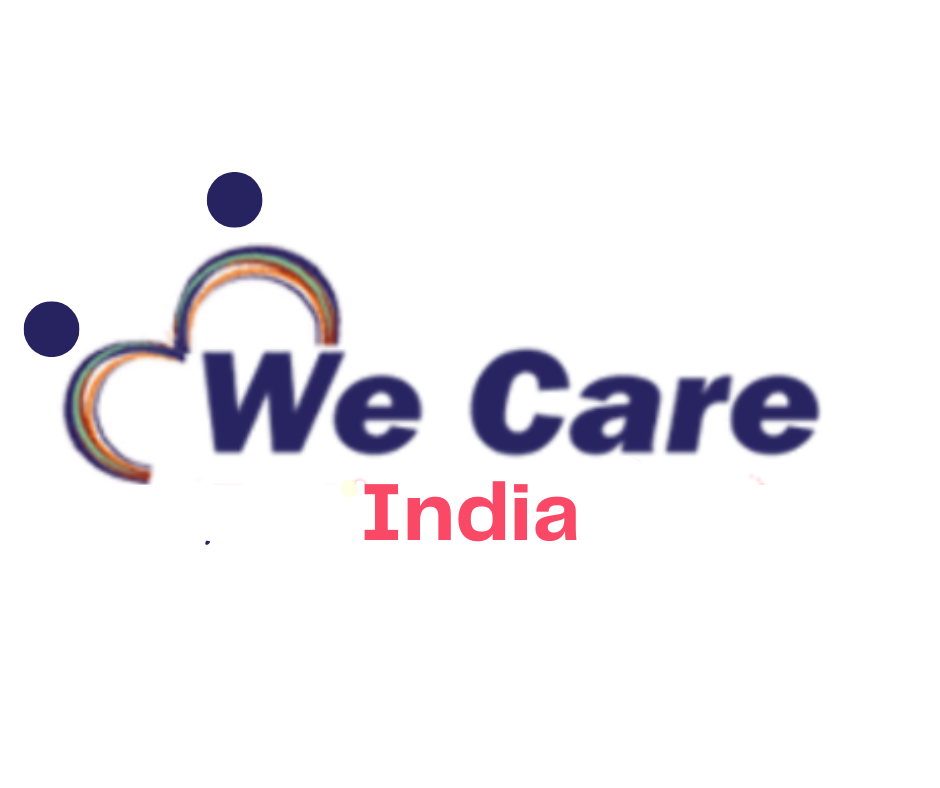Ventriculostomy Treatment in india
A ventriculostomy, also called an external ventricular drain (EVD) or ventricular catheter, is a catheter placed into the ventricles, fluid-filled spaces within the brain, and drains cerebrospinal fluid (CSF) externally. It is typically connected by tubing to a cerebrospinal fluid collection device which can be elevated or lowered at the bedside to vary the amount of CSF that is drained.


Free Doctor opinion

Personalized care with a warm interaction with the patient
- Achieving outstanding success rates through our dedicated care approach.
- Equipped with the latest technology to ensure optimal treatment outcomes.
- Our expert team provides exceptional healthcare with experience.
- Offering 24/7 assistance for your health needs and concerns.
- Providing quality treatment at reasonable costs for every patient.
- Contact us Email ID:[email protected]
- Call us: +91 9029304141
Understanding Weight Loss Surgery in India
A ventriculostomy allows both draining and sampling of the CSF and also can be hooked up to a pressure transducer which gives a reading of intracranial pressure. Additionally, in some conditions, certain medications may also be given directly into the nervous system by injecting them through a ventriculostomy.
Endoscopic third ventriculostomy is a procedure in which a small perforation is made in the thinned floor of the third ventricle, allowing movement of cerebrospinal fluid of the blocked ventricular system and into the interpeduncular cistern (a normal CSF space). This procedure, called an intracranial CSF diversion, is a process whereby cerebrospinal fluid within the ventricle is diverted elsewhere in an attempt to bypass an obstruction in the aqueduct of Sylvius and thereby relieve pressure. The objective of this procedure is to normalize pressure on the brain without using a shunt. Endoscopic third ventriculostomy is not a cure for hydrocephalus, but rather an alternate treatment.
Looking for a free cost estimate for Cosmetic Surgery in India abroad Or email at [email protected] / Call +91 9029304141
Although open ventriculostomies were performed as early as 1922, the advent of shunt systems in the 1960’s displaced the ventriculostomy as the most common method of treating hydrocephalus. Even today, however, we are well aware that despite recent advances in shunt technology and surgical technique, there are many cases in which shunts are inadequate. Extracranial shunts are subject to complications such as blockage, infection, and over-drainage, necessitating surgical revisions for the shunt. For this reason, in selected cases, a growing number of neurosurgeons are recommending endoscopic third ventriculostomy in place of shunting.
Recently neuroendoscopy (telescopic surgery) makes treatment of Hydrocephalus possible without shunting in two thirds of patients (the success rate depends on the etiology (cause of) the Hydrocephalus and varies between one quarter to nearly one hundred percent). Management of Hydrocephalus by “Third Ventriculostomy” creates a natural bypass within the brain allowing the fluid to drain. This is a procedure that does not have the complications of shunt insertion. Infection is rare and the morbidity is very low. This low morbidity operation is a valid treatment for Hydrocephalus in the difficult conditions of developing countries where follow-up is inconsistent and retrieval of patients in case of complications is near to impossible.
Do you have your medical reports; send us now for a free quote Or email at [email protected] / Call +91 9029304141
Read Also:-
Committed To Build Positive, Safe, Patient Focused Care.
High Quality
Care
Home Review
Medicine
All Advanced
Equipment
Book An Appointment

At We Care India, we offer complete medical services for your entire family, from routine check-ups to injury care, ensuring personalized attention and expert assistance for all your health needs.


